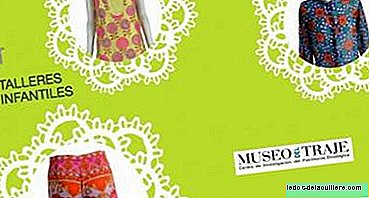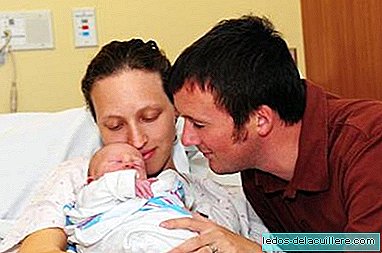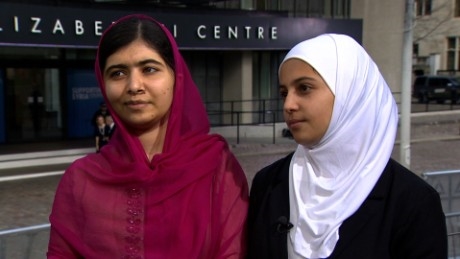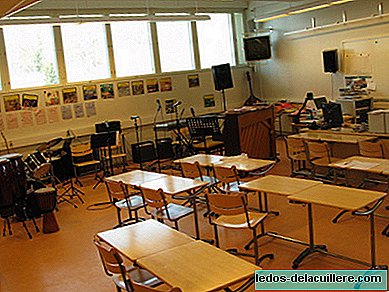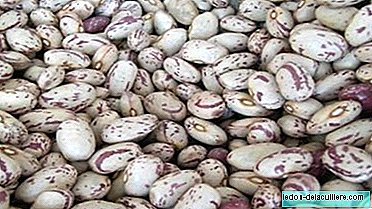
The beans are the next legume that we will deal with in our special where we are reviewing food in children's nutrition.
The beans are a very large and varied family of plants, which belong to the fabaceae family. They are grown in hot and humid climates and also in drier and more temperate ones, so their cultivation and use are widespread.
Like other legumes, it was cultivated by man since the discovery of agriculture. In its case, it is a plant native to America and there are data on its use 7000 years ago in the southern part of Mexico. From there they spread throughout South America.
When the Spaniards arrive in America, their use is common in all cultures and white, black and reddish varieties have been known for millennia. From the 16th century they were introduced in Europe and in 100 years they had become a habitual crop.
If the plant is intended to be eaten green, it will be planted in the garden, intensively and with adequate irrigation, and will be collected when the pod is green, eating the whole as “green beans”. If it is going to be used for dry consumption, it is usually planted extensively and leaving the seed already dried, this part will be eaten only and not the pod.
The dried beans it is consumed cooked and it is convenient to let it soak from the previous night to soften it. Children can, in principle, consume it from 10 or 11 months, at first without skin and pureed, mixed with vegetables. From the year we can give them complete if they feel good, since the skin is quite flatulent and it may be better to delay it as we see that it reacts. As always, better moderation and slowness in new foods.
If we consume them with rice or a whole cereal we get a food rich in protein, and mixed with vegetables, we complete the dose of vitamins, so both preparations are very suitable for the children's diet.
Normally we will buy them dry and we will cook them at home, because, although there are pre-cooked preparations, for children it is better to dispense with preservatives and excess salt.
its nutritional composition It is outstanding. One hundred grams of beans contain 50 to 60 percent of hydrates, 20 percent of protein, 15 percent of fiber, a considerable amount of vitamin A and healthy fats, with no cholesterol. Fiber improves intestinal transit and its hydrates regulate the amount of blood sugar, being much healthier than sugars and refined flours to provide energy to children.
They have calcium, phosphorus, iron, magnesium, sodium, potassium and zinc, in addition to retinol, ascorbic acid, thiamine, riboflamine, niacin, folic acid, leucine, lysine and many other substances essential for brain growth and functioning.
Beans are true nutritional bombs, rich in protein, fiber, calories, amino acids, vitamins and minerals, so they should not be lacking in the children's diet at least once a week.
Eating well is not eating expensive, but looking for complete and natural foods, which, of course, can offer us the necessary nutrients without having to resort to industrial products that promise enriched formulas. Good beans are rich to spare. There is no need to buy industrial food inventions to give children what they need to grow healthy.
The expensive is not healthier. And good ones Legumes such as beans are ideal for complete infant feeding.


